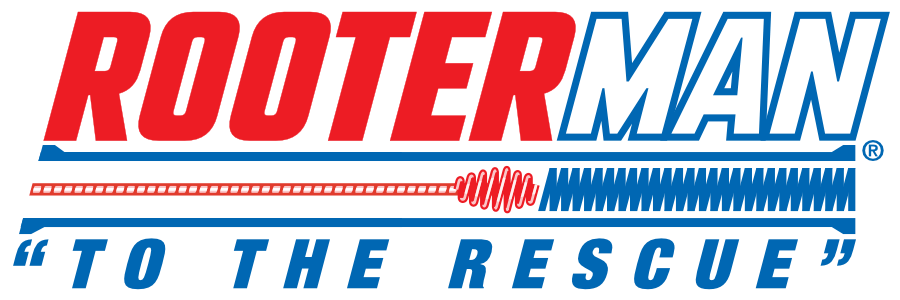How to Get Started on Removing Popcorn Ceiling
Removing popcorn ceiling is a great way to update the look of your home and increase its value. Popcorn ceilings, also known as acoustic ceilings, were once a popular choice for homes due to their ability to hide imperfections and absorb sound. However, they have fallen out of favor in recent years due to their outdated appearance and potential health hazards associated with asbestos in older installations. If you are a homeowner based in Gastonia, Rock Hill, NC, North Carolina, and you are considering removing your popcorn ceiling, this guide will walk you through the process and provide you with helpful tips to ensure a successful renovation project.
The Benefits of Removing Popcorn Ceiling
Removing popcorn ceiling can instantly modernize your home and create a more contemporary and streamlined look. It can also make your space feel brighter and more spacious, as popcorn ceilings tend to trap dust and cast shadows, making rooms appear darker. Additionally, removing popcorn ceilings can eliminate the risk of potential health hazards associated with asbestos, a common material in older popcorn ceiling installations. By removing the popcorn texture, you can also address any existing imperfections and cracks in the ceiling, creating a smoother and more visually appealing surface.
Getting Started: Planning and Preparation
Before beginning the process of removing popcorn ceiling, it’s important to plan and prepare for the project. Start by assessing the scope of work and setting a realistic budget for the renovation. Consider factors such as the size of the space, the condition of the existing ceiling, and any additional repairs or updates you may want to address during the process.
Next, gather the necessary tools and materials for the job. You will likely need items such as drop cloths, plastic sheeting, a ladder, a spray bottle, a putty knife, a scraper, protective eyewear, and a respirator mask to protect yourself from dust and debris. It’s also important to consider the potential presence of asbestos in older popcorn ceiling installations. If your home was built before 1980, it’s crucial to have a professional test for asbestos before starting the removal process.
DIY vs. Professional Services: Pros and Cons
When it comes to removing popcorn ceiling, homeowners have the option to tackle the project themselves or hire professional services. Each approach has its own set of pros and cons that should be carefully considered before making a decision.
DIY (Do It Yourself) Approach:
Pros:
– Cost-effective, as it eliminates the need to hire professional services
– Allows for greater control over the renovation process
– Can be a rewarding and empowering experience for homeowners who enjoy hands-on projects
Cons:
– Time-consuming and labor-intensive
– Requires a certain level of skill and experience to achieve a smooth and professional finish
– Potential exposure to health hazards, such as asbestos if not handled properly
Professional Services:
Pros:
– Expertise and experience in handling popcorn ceiling removal
– Time-saving, as professionals can complete the project efficiently
– Assurance of proper techniques and safety measures, particularly in dealing with asbestos
Cons:
– Higher cost compared to a DIY approach
– Limited control over the renovation process
– Scheduling and coordinating with contractors
The Removal Process: Step-by-Step Guide
If you decide to proceed with removing the popcorn ceiling yourself, it’s essential to follow a systematic approach to ensure a successful and safe renovation. Here’s a step-by-step guide to help you through the process:
1. Prepare the Area:
– Clear the room of furniture and cover the floors with drop cloths or plastic sheeting to protect them from debris and dust.
– Seal off the space with plastic sheeting to contain dust and minimize the spread of particles to other areas of the home.
– Use painter’s tape to secure the plastic sheeting and prevent it from shifting during the removal process.
2. Test for Asbestos (if applicable):
– If your home was built before 1980, hire a licensed professional to conduct asbestos testing before proceeding with the removal. If asbestos is present, do not attempt to remove the popcorn ceiling yourself, and seek professional asbestos abatement services.
3. Wet the Ceiling:
– Use a spray bottle to dampen a small section of the ceiling with water. Allow the water to penetrate and soften the popcorn texture for a few minutes before proceeding.
4. Scrape the Texture:
– With a putty knife or a specialized popcorn ceiling scraper, gently scrape the dampened texture from the ceiling. Work in small sections to avoid overwhelming yourself and to ensure thorough removal.
5. Sand and Repair:
– Once the popcorn texture is removed, inspect the surface for any imperfections, cracks, or rough patches. Use a fine-grit sandpaper to smooth out the ceiling and address any areas that need repair.
6. Clean and Prime:
– After removing the texture and completing any necessary repairs, thoroughly clean the ceiling to remove any remaining dust and debris. Once the surface is clean and dry, apply a primer to prepare the ceiling for painting or finishing.
7. Final Touches:
– Once the ceiling is primed and ready, you can proceed with painting or applying a new texture to achieve the desired look for your space.
The bottomline
Removing popcorn ceiling can transform the look and feel of your home, creating a fresh and updated atmosphere. Whether you choose to tackle the project yourself or enlist professional services, careful planning and preparation are key to a successful renovation. By following the step-by-step guide and considering the pros and cons of different approaches, you can confidently embark on the journey of removing popcorn ceiling and revitalizing your living space.







